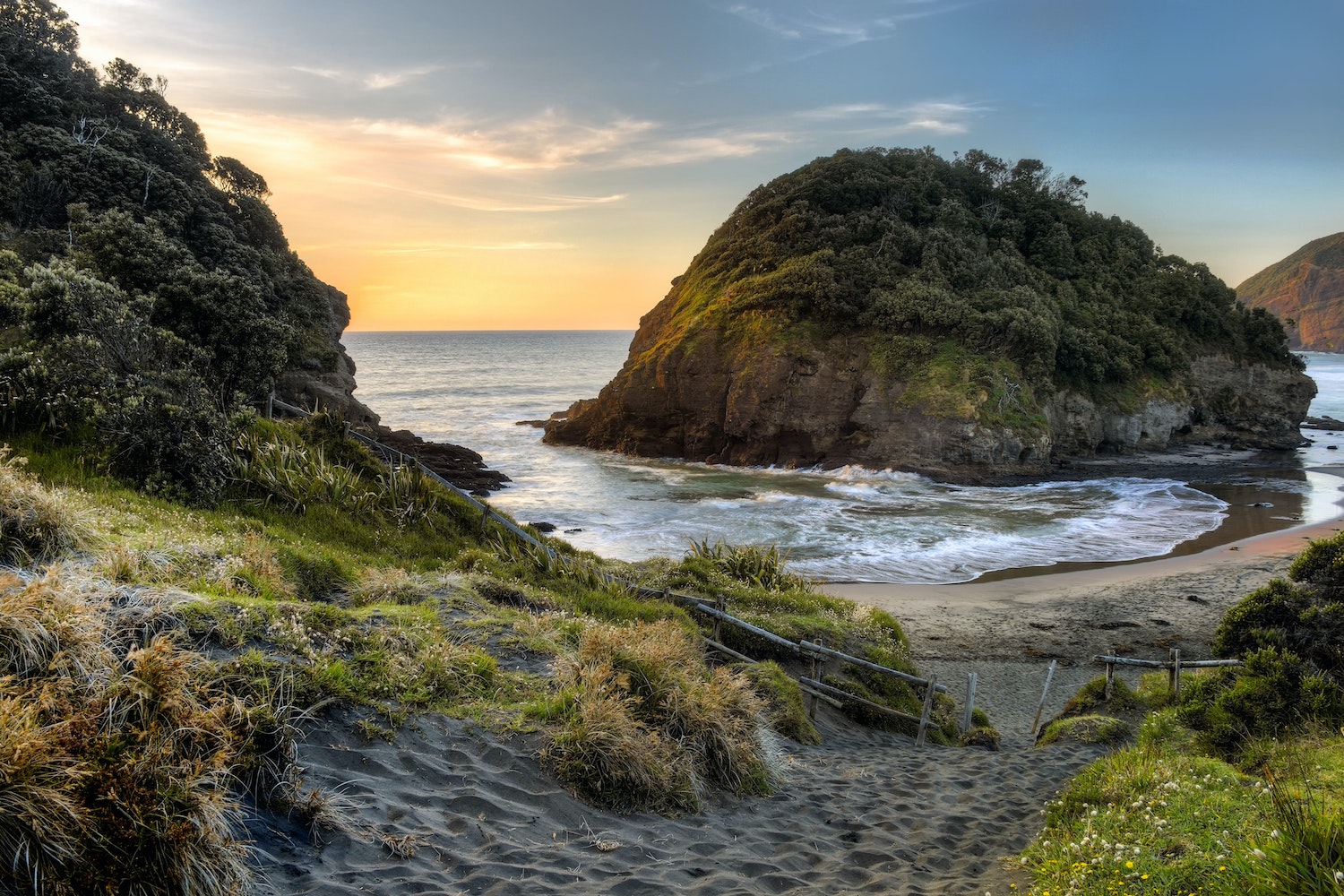Today, we are featuring a tiny collection of unique Māori expressions to kick off a special holiday in New Zealand.
Māori Language Week (also called Te Wiki o Te Reo Māori) is held by New Zealand every year during the third week of September.
This awareness holiday was created back in the 1970s as a way to preserve the endangered language. During this time, folks are invited to proudly celebrate the language and rich culture of the Māori people, the indigenous Polynesians who arrived at the island country around the early- to mid-1300s.
Today, Māori make up about 15% of the New Zealand population. Only about 30% of folks in the country can speak more than a few Māori words or phrases. Many are hoping for a truly bilingual society someday, where the indigenous language is spoken easily right alongside English.
Enjoy our collection of Māori expressions below — we chose them as a fascinating little peek into the unique language and culture!
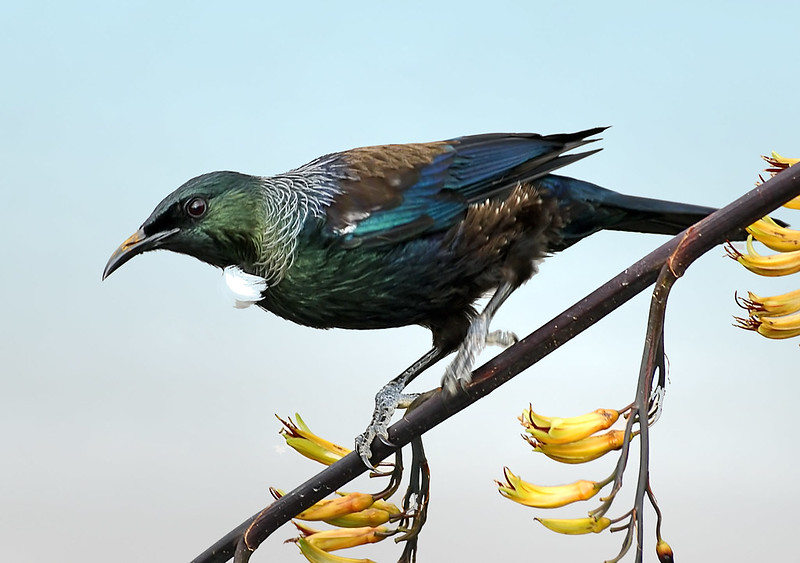
1. Even though the wedge is small, it brings down the mighty tōtara tree
Ahakoa he iti te matakahi, ka pakaru i a ia te tōtara
This Māori saying refers to how one can achieve great things if a little effort is applied the right way. The Tōtara is a powerful forest giant, indigenous to New Zealand, and able to live for over 1000 years. Highly treasured by the Māori, its timber was used for canoes, carvings and large buildings.
2. As clouds deck the heaven, so feathers adorn the bird
He ao te rangi ka ūhia, he huruhuru te manu ka tau
This expression has a fascinating story behind it.
Tamaterangi, a renowned Wairoa chief, was with his war party on a journey to Tauranga. One day, lesser chiefs stood up to encourage the warriors. Tamaterangi however continued to sit. When asked why he did not speak, he stated this famous proverb. He meant that without his proper attire in public, he could not speak.
As a result, this expression is often used as a mild criticism for those who appear for an occasion in unsuitable clothing.
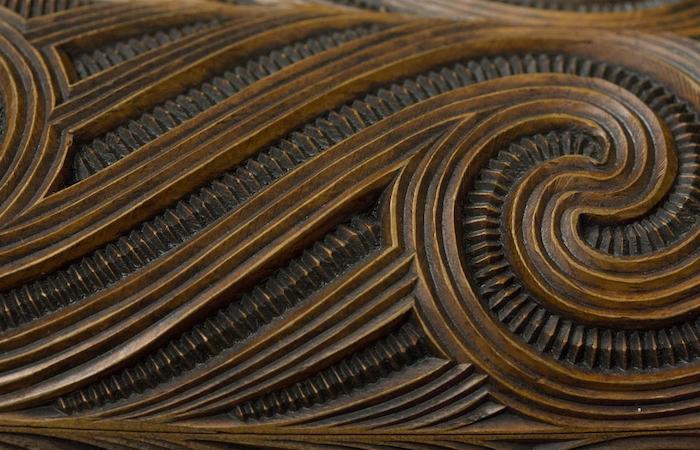
3. As though it were a spider’s web
Ānō me he whare pūngāwerewere
This expression is used to praise a fine, intricate piece of artwork such as a wood-carving. The traditional art of whakairo rakau (wood carving) has played a key role in Māori culture, since around the time the first people landed in New Zealand.
Each carving is often rich in symbolism, using common patterns (with variations between tribes), telling a story and preserving a vital piece of history.
4. The hākuwai is the bird that calls its own name
He hākuwai te manu e karanga tonu ana i tōna ingoa
You never want to hear this about yourself! This saying describes a person who always brags about their achievements. For the Māori, the hākuwai bird was a mythological bird that lived in the heavens, and came down to the earth only at night. Its strange, eerie calls were seen as a bad omen for war or other terrible events.
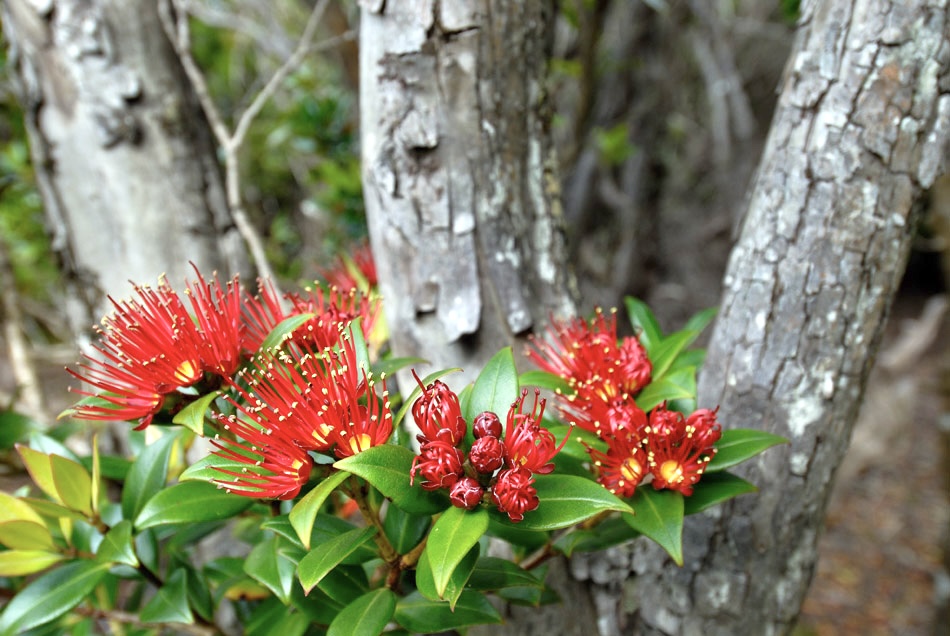
5. Don’t pluck the blossoms of the rāta tree
Kei whawhati noa mai te rau o te rātā
Some things are perfect just the way they are — that’s the spirit of this expression. The rāta tree is distinguished by its glossy dark green trees, gnarled trunks, and brilliant red flowers, which provide a sweet feast for native birds and bees.
Nor was its benefits only for animals — the tree also had an abundance of medicinal uses for the Māori, from its handy bark which could be made into a lotion or poultice or its flower nectar, perfect for sore throats.
6. People grow, adzes remain small
He iti tangata e tepu, he iti toki e iti tonu
This saying describes how people are more valuable than material possessions. One of the most important tools for early Māori were the adzes (also called toki). Fashioned out of stone, they were used as chisels for carving and shaping, or lashed to wooden handles for woodworking or use in ceremonial occasions.
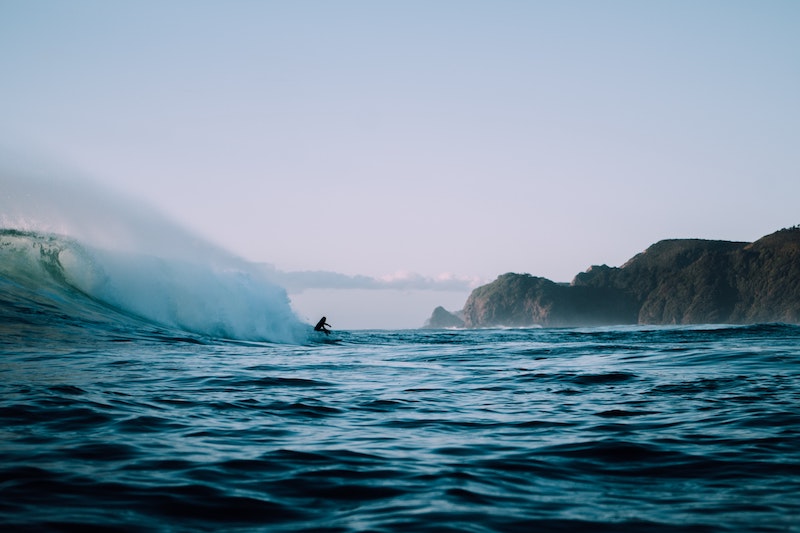
7. Like a crooked paddle, he or she cannot be relied on
He hoe kōnukenuke
Māori paddles, also called hoe or hirau, are made out of finely carved wood. They are typically long and slender, with a wavy handle and a flat blade. The smoothness of a paddle would be key to using it to deftly handle a canoe, or as a weapon.
8. One should die like a shark with courage and tenacity
Kia hinga me te mangō tāeo
Polynesians, the ancestors of Māori, saw sharks as guardian spirits. Many families even had a shark protector as their aumakua (personal or family god that originates as a deified ancestor). The Māori even equated their warriors to sharks, evoking the creature’s fighting spirit in battle cries.
In Māori mythology as well, the demi-god Māui placed the shark Te Māngōroa in the heavens, creating the Milky Way.
We are endlessly awed by how language can be a potent vessel for the beliefs, traditions and history of a community. For the Māori people, the power inherent in language is especially resonant, given continuous efforts to preserve their indigenous heritage in New Zealand.
To learn even more about Māori history and culture, we encourage you to visit these excellent websites for a deeper dive:
- Te Ara – The Encyclopedia of New Zealand
- New Zealand History
- New Zealand Government Website
- 100% Pure New Zealand
Happy exploring!



